Sea anemones (pronounced uh-nem-uh-nees) are famous for their association with clownfish, but these interesting animals are more than just another’s abode. They come in a variety of shapes and sizes, each with its own unique traits. These colorful creatures may just teach us a thing or two. Read on to learn about the sea anemone.
Description of the Sea Anemone
Most sea anemones are made up of a base, and an oral disk surrounded by tentacles. The base is a stalk that connects the animal to a rock or other surface. The oral disk is the sea anemone’s version of a face – it has a flat surface with a mouth in the middle, and prey-catching tentacles around the edges. Sea anemones come in virtually every shape, size, and color.
Interesting Facts About the Sea Anemone
With so many different varieties, it’s difficult to choose just a few fun facts! Sea anemones are as colorful and varied as they are specialized. Each species gives us something new to learn.
- Surrounded by Species – There are over 1,000 known species of sea anemone! Some of the most popular are magnificent anemone, aggregating anemone, giant green anemone, beadlet anemone, snakelocks anemone, clonal plumose anemone, and the giant carpet anemone.
- Clownhouse – Only ten species of anemone house clownfish, and each species is only compatible with a specific clownfish species. The anemone does not sting the clownfish, and the clownfish has an extra mucous or slime layer for protection from chance stings.
- Obliged to Survive – Paired clownfish and anemone species are so specialized that they have become obligatory symbionts. This means that each animal benefits greatly from the other, and is less likely to survive without them. Clownfish remove parasites, keep the anemone clean, and chase away fish that try to eat its host. The anemone provides a predator-proof home for the clownfish to hide in.
- True Variety – Anemones come in virtually every color, from brilliant blue to striking red. They can be found at almost any depth in the ocean, and they range in size from just a few centimeters, to six feet wide (and long)!
Habitat of the Sea Anemone
While they can be found in nearly every marine habitat, the greatest numbers occur in the tropics. Tropical seas rich in nutrients and ecosystems support the greatest variety of anemones.
Distribution of the Sea Anemone
Sea anemones can be found virtually worldwide. Some species are adapted for life in cold arctic waters, but most live in tropical seas near the equator.
Diet of the Sea Anemone
Sea anemones use their stinging tentacles to capture prey. They feed on crustaceans, small fish, and occasionally mollusks and sea urchins.
Stinging Tentacles
The stinging tentacles of the sea anemone provide a method of capturing prey, as well as protection from predators. The tentacles are quite similar to that of their close relative, the jellyfish. Tentacles are lined with stinging cells called “cnidocytes.” These cnidocytes eject tiny venom-filled harpoons, called “nematocysts.” The toxins in the nematocyst are used to immobilize or kill the anemone’s prey.
Sea Anemone and Human Interaction
The sea anemone and clownfish pair have become a highly sought-after commodity in the aquarium market, and demand from private collectors has even depleted some wild populations. These colorful sea creatures are also quite sensitive to habitat destruction, both from direct human activities and pollution.
Domestication
Sea anemones can be bred in aquariums, but they have not been domesticated.
Does the Sea Anemone Make a Good Pet
Saltwater aquariums require lots of maintenance and care, but they can be a good fit for the informed aquarist. With the proper research, sea anemones can make a good pet, albeit hands-off. Always ensure your anemone is obtained through captive breeding.
Sea Anemone Care
Ensure your sea anemone has the correct surface to attach to, as different species have different needs. The various types need different amounts of light as well, so it’s important to have the correct wattage of light bulb when setting up your tank. Anemones need to be fed mysid shrimp, scallop, shrimp, or mussel tissue, and the anemone’s size will dictate the amount of food needed.
Behavior of the Sea Anemone
Most sea anemones are sessile, meaning they attach to a surface and remain fixed for long periods. Any movement is extremely slow, and requires a time-lapse camera to view. These creatures ensnare prey that comes within reach of their stinging tentacles. After being paralyzed, the prey is pulled to the sea anemone’s mouth.
Reproduction of the Sea Anemone
Sea anemones can reproduce both sexually and asexually. In sexual reproduction, the anemones release sperm and eggs into the water column, where fertilization occurs. In asexual reproduction, the opposite gender is not needed. They can either split in half, grow another anemone as a bud, or simply break off a portion of themselves to grow an additional anemone.

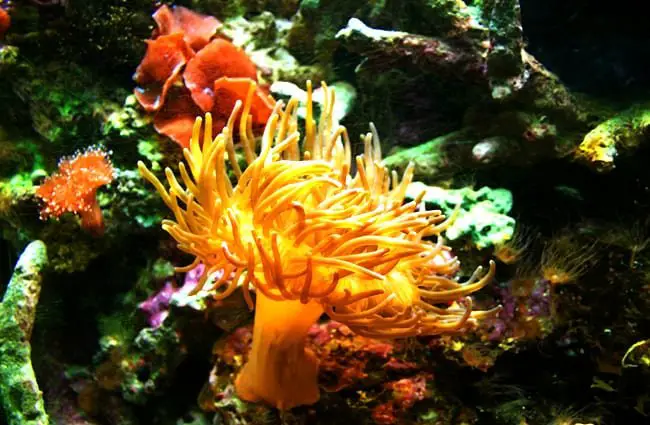
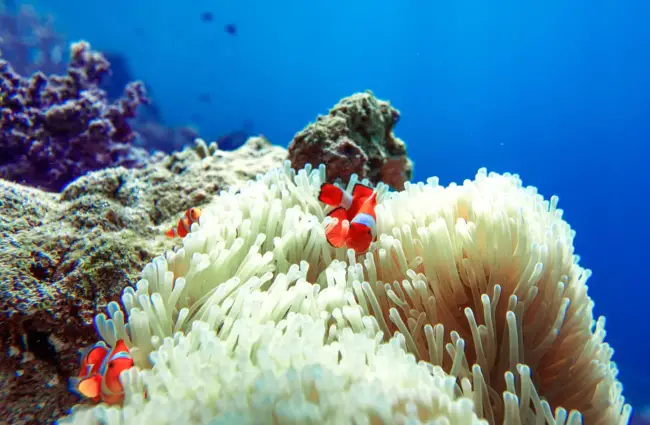

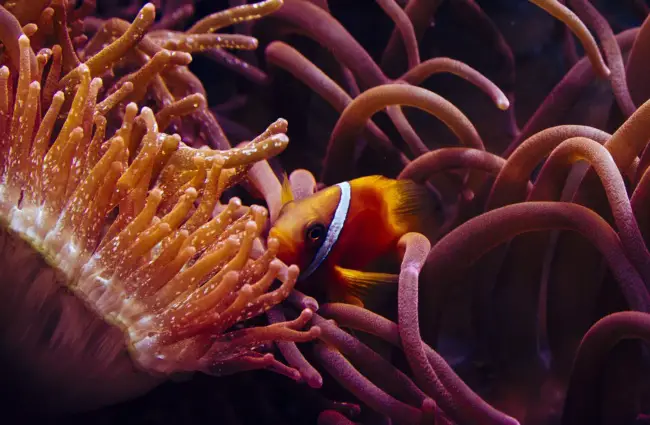
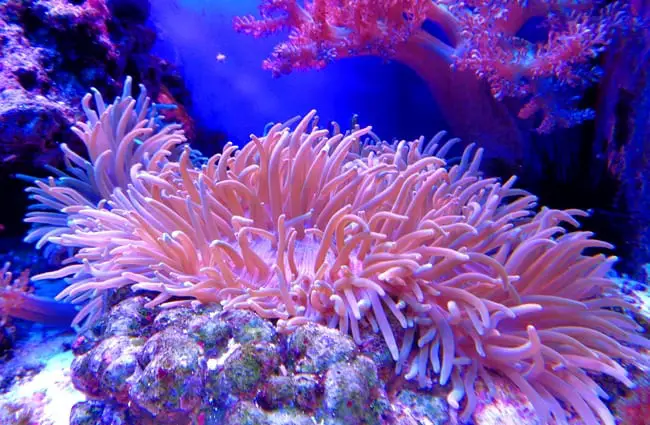






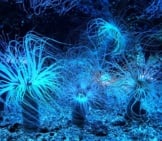
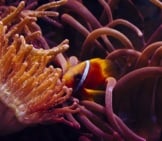

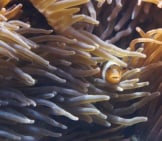
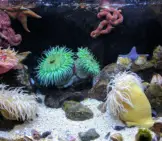
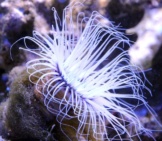
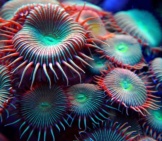
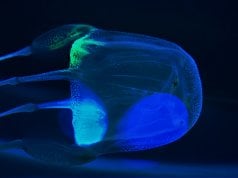
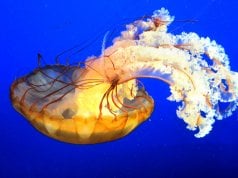
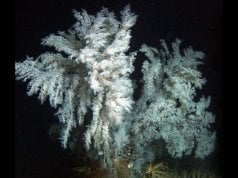










![Red Angus Closeup of a beautiful Red Angus cowPhoto by: U.S. Department of Agriculture [pubic domain]https://creativecommons.org/licenses/by/2.0/](https://animals.net/wp-content/uploads/2020/03/Red-Angus-4-100x75.jpg)

